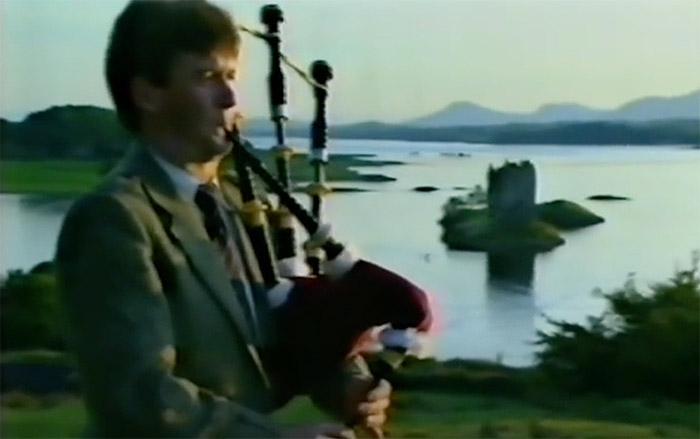
Before we begin this discussion I think I should explain just what a ‘futz piper’ is. ‘Futz’ is American slang denoting someone who does an activity out of the sheer enjoyment and does said activity at their own pace regardless of the consequences.
Unlike in my pipe band days, where tunes had to be learned by a certain date for play in public or competition, I learn tunes now at my own leisure and enjoy them much more. Let us turn to the subject matter of this paper: why all pipers should learn and play piobaireachd.
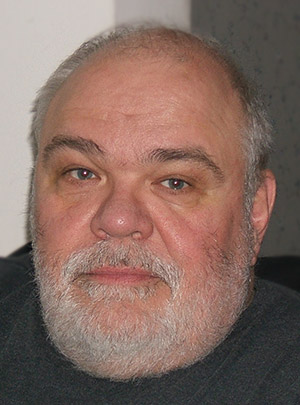
By George M. Barlow
To begin with, in regards to our music, before ever a march, strathspey or reel was heard, the pipers of bygone days only played piobaireachd. Granted there are some piobaireachds called ‘marches’ but they are not meant to be marching tunes the likes of Scotland the Brave, Black Bear etc.
Our instrument, even though it is only nine notes, when properly tuned and in the hands of a competent musician, conveys an array of emotions to the listener. Recall the event retold to us by the young piper Robbie Rogers at a funeral and the result that occurred with the playing of a piobaireachd.
This is what piobaireachd is; it is the piper, who through the playing of notes, gracenotes and variations, weaves and tells a story that resonates with the listener.
How is it that piobaireachd or ceòl mòr if you like, has this particular effect? It may be due to the fact that most pieces of ceòl mòr have some history associated with them. In his seminal work ‘The History and Structure of Ceòl Mòr‘, Professor Alexander J. Haddow writes: ‘We should be paying more attention to the historical aspects of our great music, and knowledge and history surrounding a piobaireachd lends added richness to the music itself.’
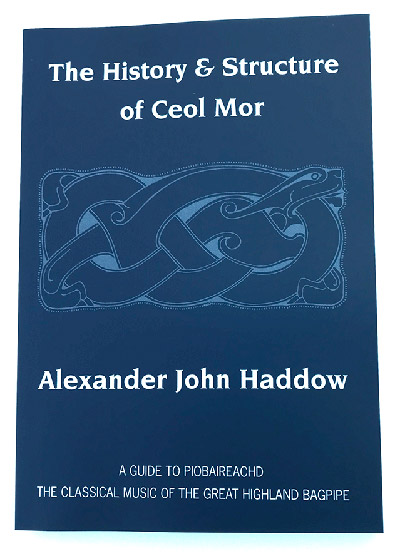
Knowledge is power an old sage said once, and perhaps this is what professor Haddow is pointing us to. Knowing the facts behind the tune will enable us to convey the proper emotion to the listener. Professor Haddow discusses in his book the historical notes behind 97 piobaireachd. (It is a book no ceòl mòr player should be without – found at the Piobaireachd Society Shop.)
Is it possible that ignorance of the understanding of piobaireachd is the reason so few pipers are schooled in it. In their collaborative book entitled ‘Piobaireachd and its Interpretation‘ authors Seumas MacNeill and Frank Richardson explore this very question and begin with a quote from musicologist Otto Karolyi, ‘music is both an art and a science’, therefore it must be both emotionally appreciated and intellectually understood – and as with any art or science, there are no short cuts to proficiency or knowledge.
The music lover who enjoys listening to music but does not understand its language is like the tourist who goes abroad for his holiday, enjoys the landscape, the gesticulations of the natives and the sound of their voices, but can’t understand a word of what they say.
‘He feels, but he can’t understand.’ Karolyi’s point is well taken; not only must the tune grab the ’emotional soul’ of the listener but should also convey the story behind it. Upon listening to a tune you should be able to visualize the event. This shows mastery of the tune: your ability to convey a story through your playing.
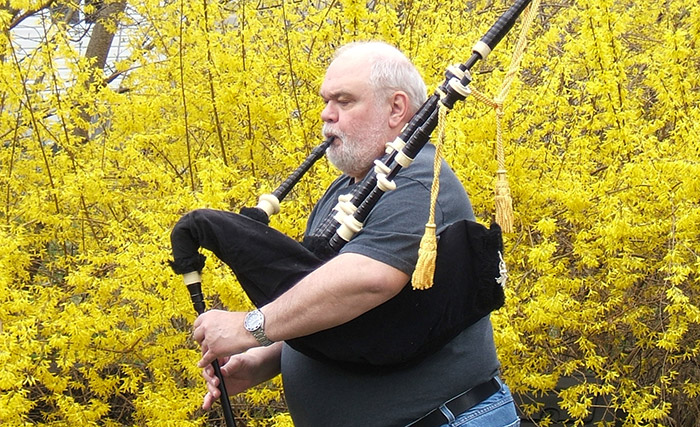
There is a great difference between our light music (MSR, H&J) and ceòl mòr. Light music has a time signature which conveys note value and numbers per bar. Piobaireachds, in a sense, have none of those things, and before staves for music were invented you learned through the use of vocables, canntaireachd. This chanting is what lends to the interpretation and flow of the tune when learning it.
In the same book Richardson points out that, ‘We don’t know if the pipers of old played the tunes the way they are written’. This is where the chanting of canntaireachd comes into play and why, as Seumas MacNeill points out, one who sets out to learn piobaireachd needs a competent instructor who can open a new world of music to you.
How should one go about finding a competent instructor? You can check to see if there is someone local. If none, do you belong to a piping organization like EUSPBA [Eastern US Pipe Band Association]? They will surely have a list of instructors.
Let me extend an invitation to join the Piobaireachd Society. Membership is reasonable and they have a considerably vast treasure of information kept for members. There are also many beginning piobaireachd tutors on the market that come with cds.
Ceòl mòr belongs in the repertoire of every piper; it is the foundation of our music. As Seumas MacNeill points out ‘piobaireachd is the true music of the pipes’.
If you watch on YouTube the documentary ‘The Glorious Effect’ or Angus MacColl in ‘When the Pipers Play’ [pictured in a still up top] you will see just what I’m trying to convey. We should all learn the basics of piobaireachd; it will make us all better pipers.
I will end with a quote that was penned in 1915 by Pipe Major John Grant in his magnum opus ‘Piobaireachd its Origin and Construction (Tius is Alt A’Chiuil-Mhoir)’: ‘They either do not know, or perhaps forgot, that piobaireachd is the essence of bagpipe music, and no piper is considered a master of the piob mor until he can play and understand ceòl mòr’.
- The above essay was submitted as part of our Lockdown Challenge and will now go forward to be judged in that category by our correspondent MacStig.










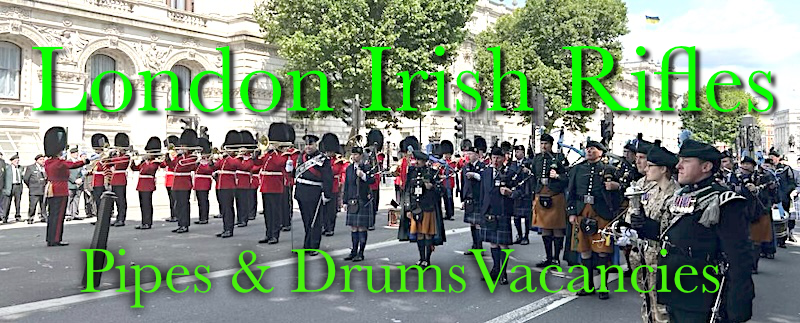

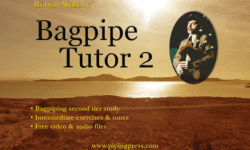
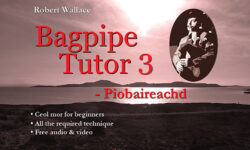
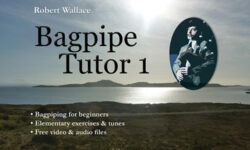





Wonderful article; tapadh leibh, a sgriobhair.So profoundly true of our instrument, sacred music. Again, many thanks. I’ll be joining the Piobaireachd Society on your recommendation Mr Barlow.
Whist I found George’s article on Piobaireachd interesting, I have to take exception to his opening remark “To begin with, in regards to our music, before ever a march, strathspey or reel was heard, the pipers of bygone days only played piobaireachd.” This is absolute nonsense. Common sense dictates that initially the forerunners of today’s pipers and their instruments were basically used for pastoral or social occasions. I’m certain nobody thinks that before popular music, everybody played Mozart or Tchaikovsky! Not everyone involved with piping is enamoured by Piobaireachd, it takes dedication to be able to appreciate what it is – and many pipers never get to grips with the artform. This does not in any way diminish the talent or atristry to be found in Coel Beag. Despite my own instruction via William M. MacDonald in Piobaireachd, I confess that I was a disappointing pupil for him, for as a youngster, I never properly took on board the essence of the art form and as a consequence, I have remained a Coel Beag piper for the last six decades. I love to hear a competent and skillful piper playing Piobaireachd, but it is not for those who are denied the level of skill and atristry that it demands.